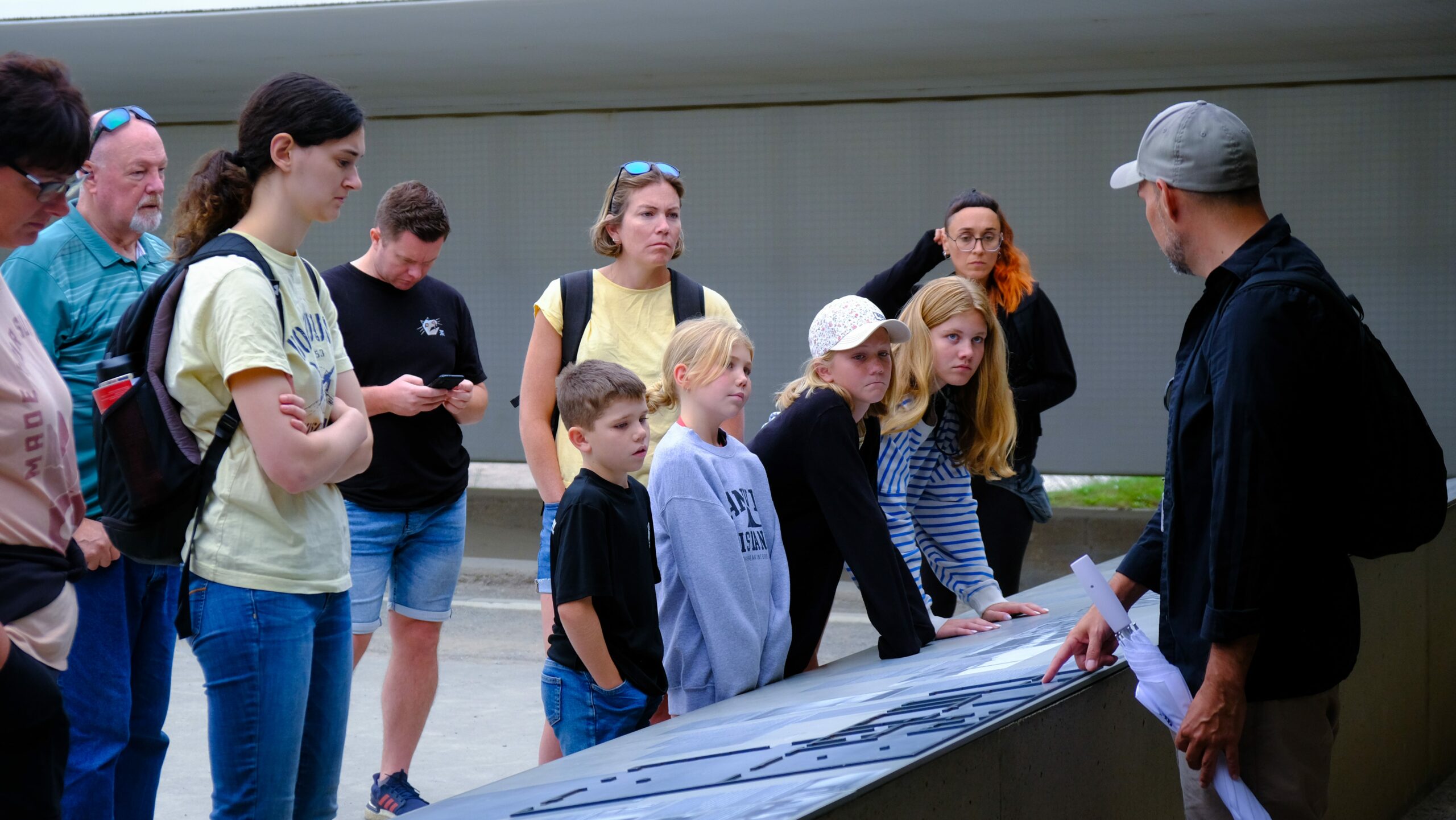Berlin underwent a major historical boundary known as the Berlin Wall during its partition of the German city. The wall stood as a physical symbol that separated East Germany from West Germany in the period of Cold War. The wall endured almost three decades and faced its demise. The following analysis follows the historical sequence of Berlin Wall destruction events and their consequences after the wall fell.
The Construction of the Berlin Wall
The Berlin Wall received its first construction phase during August 13th 1961. The Communist-led government of East Germany established the wall to halt population migration from Eastern territories to their Western counterparts. The security barriers at the wall included concrete walls along with barbed wire fencing and guard watchtowers and multiple defensive elements.
The sudden emergence of the wall shocked the entire world which eventually split families and communities across the board. The border closed off all possibilities for East Germans to move from east to west without restrictions.
The Fall of the Berlin Wall
The Berlin Wall finally became demolishable after multiple years of increasing national conflict and civil disorder. The catalyst for its fall came from a combination of internal and external factors:
- Following the leadership of Soviet leader Mikhail Gorbachev during the late 1980s the political system became more open when it introduced open policies about freedom of speech and press.
- The desire for freedom which combined with a wish for reunification pushed East Germans to stage peaceful demonstrations throughout the country.
- Open Borders created by Hungary enabled East Germans to pass through Austrian territory safely toward Western Europe. The act of opening borders by authorities made East Germans more determined to achieve their freedom.
The combination of compelling factors forced the East German government to pursue swift changes. The government officially announced on November 9, 1989 that all East Germans could freely cross the border without any requirements for special permission.
Hundreds of people flooded to the wall at once which produced a fantasy-like environment filled with both jubilation and emancipation. Residents began climbing the boundary structure until they managed to chip away sufficient stone segments to achieve complete fractures.
The Aftermath
The collapse of the Berlin Wall represented an historic transformation that affected Germany along with the rest of the world. The removal of this symbolic structure indicated an ending of Cold War times and brought Germany back under one unified nation. These essential points provide a summary of what occurred after the Berlin Wall collapsed.
German Reunification:
When the Berlin Wall collapsed future discussions on East-West Germany merger accelerated. On October 3rd 1990 the German Democratic Republic officially ended its existence before Germany became one unified nation.
Memorialization and Remnants:
The dismantling of most wall sections allowed the preservation of certain sections to transform them into historical monuments. The East Side Gallery stands as one of the most famous preserved pieces of former wall because artists worldwide painted it with colorful thought-provoking sculptures.
Lessons Learned:
The Berlin Wall represents an enduring symbol which warns humanity about the destructive effects of partitions along with the value of liberty. The wall demonstrates both human determination along with the actual ability to battle through practically insurmountable challenges.
Conclusion
The Berlin Wall functioned as an actual division which partitioned Berlin into two parts for about thirty years. The wall ended its existence in 1989 to mark a historical turning point during which the Cold War ended and Germany reunited. The Berlin Wall functions as a significant monument which demonstrates the will of humanity to achieve freedom.
Table of Contents

